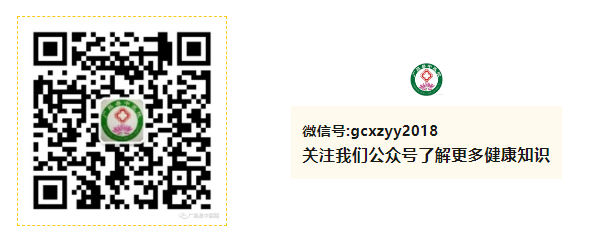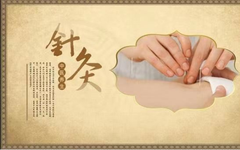
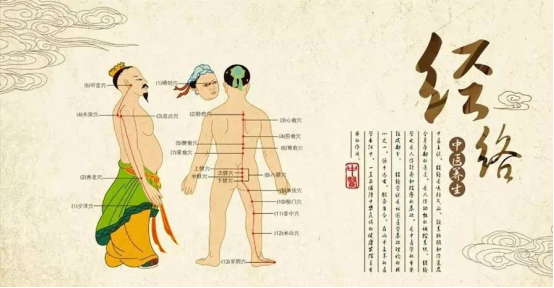
Jingluo (Meridians) refers to the collective term for the jingmai (main meridians) and luomai (collateral meridians), which are pathways for the circulation of qi (vital energy) and blood in the body, connecting the organs and communicating internally and externally, traversing vertically and horizontally. The term “jing” refers to the main pathways within the meridian system, existing internally within the body, while “luo” refers to the network. According to the Ling Shu (Spiritual Pivot), it states: “The jingmai are internal, while those that branch out horizontally are luomai, and the smaller branches are referred to as sunmai.” The main components of the meridian system include the twelve jingmai, twelve jingbie (branching meridians), eight extraordinary vessels, fifteen luomai, twelve jingjin (muscle meridians), and twelve pibu (skin areas). Among these, the twelve jingmai are the primary focus of the meridian aspect, while the fifteen luomai are the primary focus of the collateral aspect. They interconnect and spread throughout the body, forming an organic whole that links the internal and external, organs, and limbs.Xuewei (Acupuncture Points) are special locations on the body where the qi and blood of the organs and meridians enter and exit (the term xue means “cavity”). The acupuncture points are interconnected in a certain pattern, forming the jingmai. The jingmai and xuewei cannot be separated; the jingmai are like rivers, while the xuewei are like small reservoirs and lakes along these rivers. These small reservoirs and lakes can regulate the water flow of the rivers: during dry seasons, they replenish the rivers; during floods, they help to divert and store water. The xuewei also play a similar role in the jingmai: when the qi and blood in the body’s meridians are weak, the organs and their functions will be affected. Stimulating the xuewei on the jingmai helps to replenish and promote the flow of qi and blood, which is the method to resolve the issue.
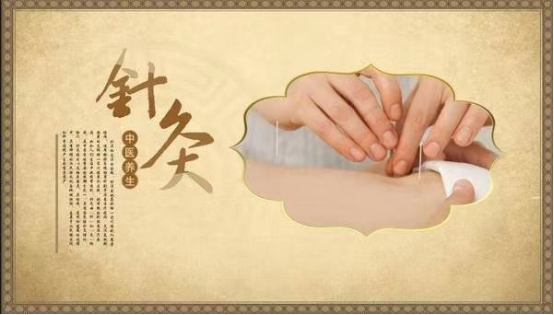
Zhenjiu (Acupuncture and Moxibustion) is a clinical therapeutic operation in TCM, which includes two specific methods: acupuncture and moxibustion. Acupuncture refers to the use of metal needles to stimulate the body’s xuewei, while moxibustion involves the use of burning moxa sticks to stimulate the xuewei. This method is minimally invasive, effective, safe, and convenient, showing good clinical efficacy for various diseases, especially chronic pain conditions such as lumbar disc herniation, sciatica, central and peripheral nerve injuries like cerebral infarction, cerebral hemorrhage, and facial paralysis, as well as joint diseases like rheumatoid arthritis and osteoarthritis.
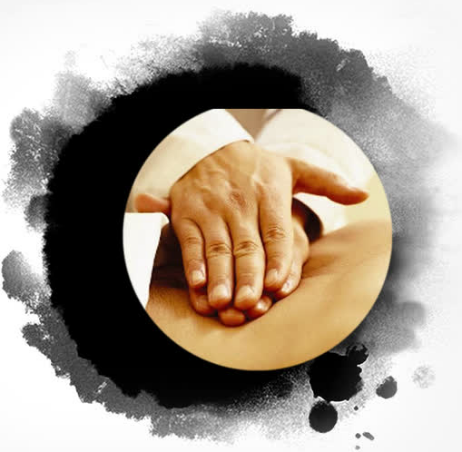
Tuina (Tui Na) is a TCM technique that involves using the hands to apply pressure on the body’s jingmai and xuewei, employing techniques such as pushing, grasping, lifting, pinching, and rubbing for therapeutic purposes. Tuina is a non-pharmacological natural therapy and physical therapy. It typically involves the practitioner using their hands on the patient’s body surface, injured areas, discomfort locations, specific acupoints, and painful spots, employing various techniques and strengths such as pushing, grasping, pressing, massaging, rubbing, pinching, tapping, etc., aiming to achieve effects such as unblocking the jingmai, promoting qi and blood circulation, alleviating pain, dispelling pathogenic factors, supporting the body’s natural healing, harmonizing yin and yang, and prolonging life.
Contributed by: Qiu Yuan
Reviewed by: Xie Jinhua
Issued by: Tang Ronghua
